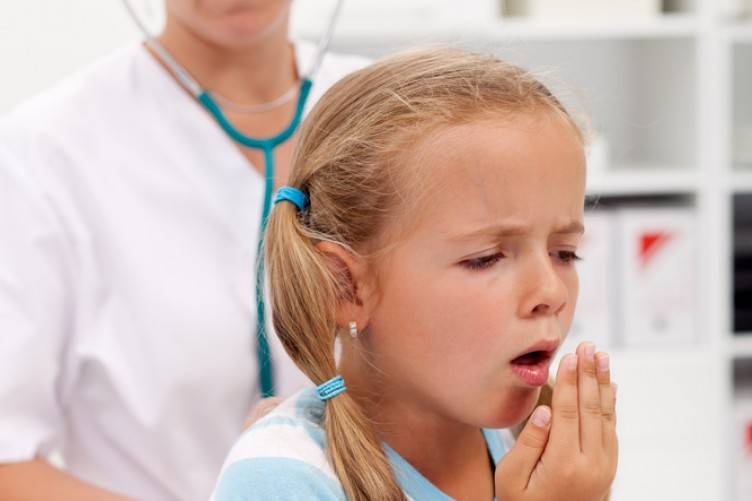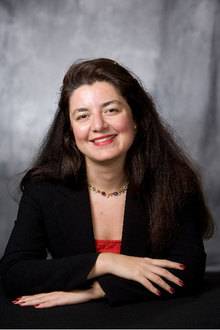Breathe easier: Dr. Ari finds method to help
Sarah Flores | October 16, 2018
Think of a time as a kid when you took a deep breath and were filled with a truly delightful scent, like baked goods, fresh flowers, or rain drops. If you had to breathe that memory through a straw, as children with respiratory illnesses do, it wouldn’t be as powerful.
Dr. Arzu Ari wants to fix that. Her research has found a simple solution to help these patients get better treatment, so they can enjoy a better quality of life. It’s called a high flow nasal cannula (HFNC) and the difference in care has helped patients of all ages.
With kids, it’s a challenge to give aerosol medication.
In general, when treating lung illness, it can be tough to make sure the medicine is given properly, because it must be inhaled. Particularly, children cannot reliably use a mouthpiece. A face mask is a common alternative. However, kids often fuss, become nervous and fight the mask. “If the mask doesn’t seal properly, the medicine’s effectiveness is greatly reduced,” says Ari.
If a child doesn’t sit still, the mask doesn’t seal, and the medicine can’t do its job.
An HFNC helps deliver medicine more efficiently.
As an expert in the field of respiratory therapies, Ari wanted to find a different solution, so her research team began testing use of HFNC on small children with asthma. “Our previous research has demonstrated the efficiency of the HFNC in lung models, but those models are stationary,” noted Ari.
When it worked on actual patients, it was not surprising, but it was exciting. The first study showed how well this device worked on small children. Since then, the HFNC has been widely adopted for children. A survey among American pediatric respiratory therapists found that 75 percent of the respondents report using the HNC.
Adult patients can benefit, too.
Other breathing conditions, like chronic obstructive pulmonary disease (COPD) and asthma affect more than 50 million adults. Cystic fibrosis also requires frequent breathing treatments. Better effectiveness means better quality of life, no matter the age. “Sure, a lot depends on the medicine chosen, but if the patient isn’t really getting the medicine, you can’t tell if it’s working,” explains Ari.
The difference in treatment hasn’t only been apparent to her peers at Texas State; it’s had far-reaching impacts. Ari was recently the second in the nation to receive the Mitchell A. Baran Achievement Award for Clinical Excellence in Aerosol and Airway Clearance Therapies from the American Respiratory Care Foundation.
“Ultimately, we can pinpoint the problem when we assess the usability of existing products,” says Ari. “We can find opportunity areas when we understand the weaknesses of what’s already out there.”
And, when opportunities like these are fully explored, children can breathe more easily, take deeper breaths, and ultimately experience life’s pleasant aromas and the potent memories that come with them.


Share this article
For more information, contact University Communications:Jayme Blaschke, 512-245-2555 Sandy Pantlik, 512-245-2922 |